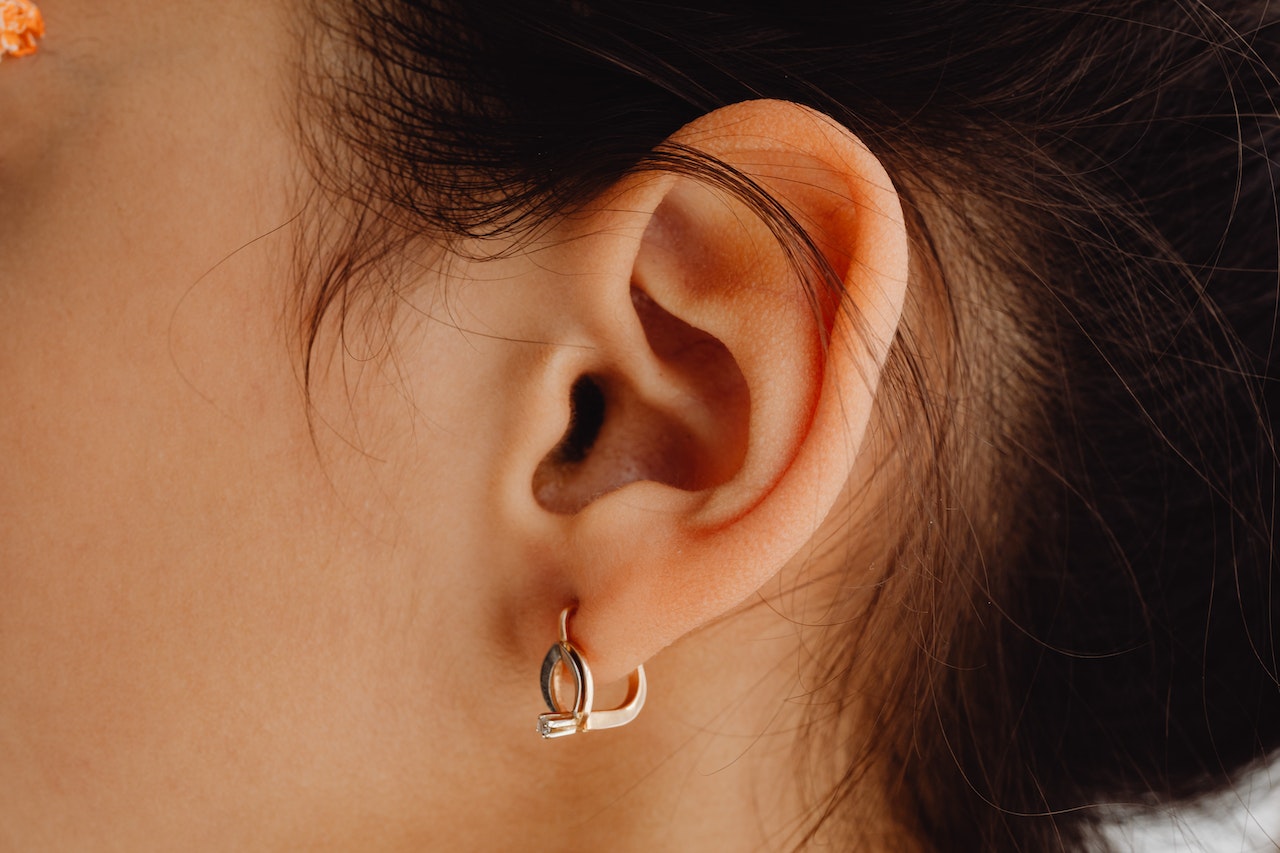
As we now know and have experienced, the coronavirus pandemic changed the way we think about almost everything. Between how we work, socialize and move around the world, there isn’t much that COVID-19 hasn’t called into question.
The latest?
Our ears, specifically whether or not we need an otoplasty. Maybe we’ve always needed one and just never noticed… or have our masks somehow made a slightly protruding set of ears now unmistakable.
We’re All Ears
We can blame the pandemic, or more precisely, the prevalence of Zoom communications. Too much time spent looking at ourselves, or trying not to, during meetings and conferences has resulted in a constant cataloging of flaws and issues.
Whether those are real, exaggerated or imagined is in the eye of the beholder.
According to Troy Pittman, M.D., and D.C.-based board-certified plastic surgeon, “”I do think that there are enough people with ill-fitting masks that have really pulled their ears out and away from their head.”
Whatever the reason, if you suddenly find yourself sensitive about the size or shape of your ears, it might be time to consider an otoplasty.
The Underpinnings of Otoplasty
More commonly referred to as “ear pinning,” an otoplasty is often performed during childhood after the age of five when the ears have typically reached their full size.
However, there really is no ideal age for otoplasty; in fact, even children younger than five have been candidates for otoplasty, following injury or birth defect.
With adult otoplasty now trending, here are few things to know before your schedule your consultation:
- Otoplasty does not compromise hearing ability
- An otoplasty takes approximately two hours, depending on patient
- Considered an out-patient procedure, otoplasty patients are given sedation, along with local or general anesthesia
- While surgical techniques differ, the basic formula involves incisions — often along inner creases or backs of ears — followed by removal of excess skin and then stitches to re-secure the cartilage
- The final step is bandaging, which will remain on your ears for a few days
- A follow up appointment will be scheduled to remove the bandages, and evaluate the healing process.
If this sounds (get it?) like the boost your confidence needs to get back out there or get back in the Zoom room, contact our office for a consultation with Dr. Sterling.



0 Comments